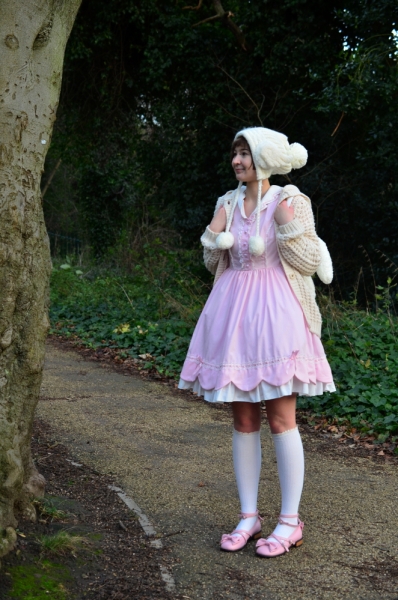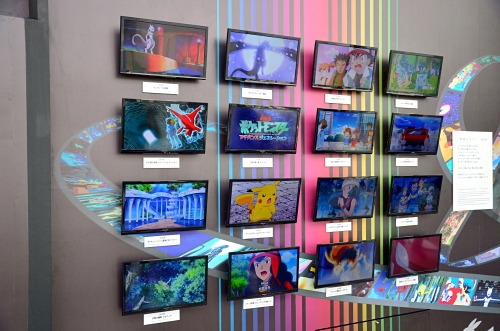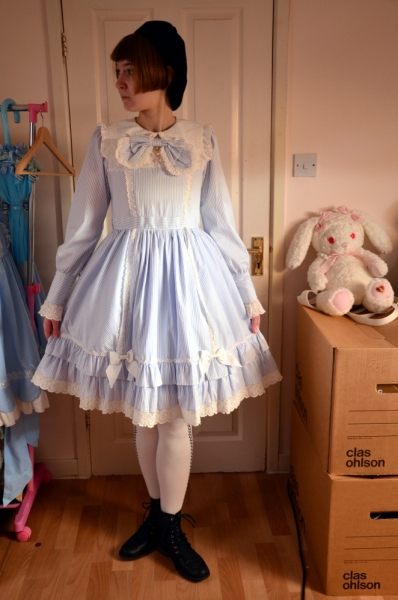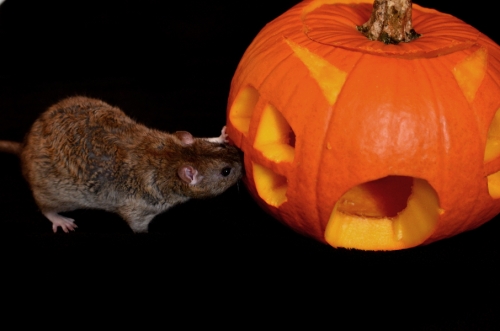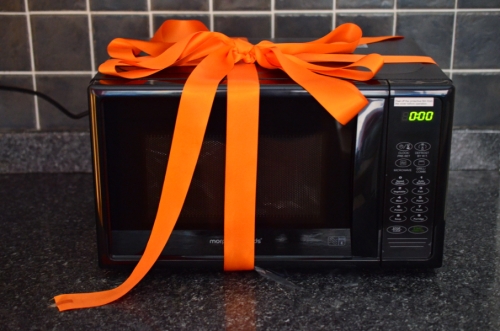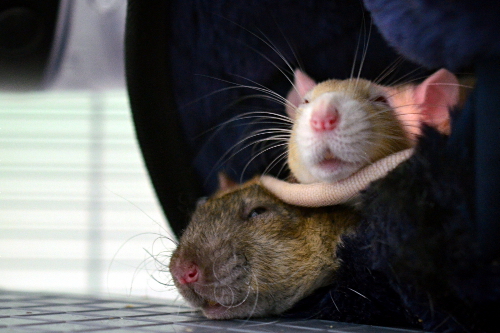Erotic Grotesque Nonsense (herein shortened to Ero Guro) was a cultural movement which climaxed in 1920s and 1930s Japan, though it was revived in 1960s cinema, and in contemporary art and manga. Eroticism and Grotesque-ry are its key themes, though below the surface its Nonsensical-ity is debatable. This entry examines these themes in fine art before the Taisho period, as a premonition to the movement. Subsequent entries will cover the different revivals, as well as the implications of the digital age, and the potential paradox of photography.
Ukiyo-e (pictures of the floating world) depicted the transient beauty of the landscape, historical tales, kabuki and courtesans. Mediums included painting and the more reproducible woodblock prints, which brought art as entertainment to the masses. Focusing on the grotesque, violent prints allowed viewers to learned about their Feudal history. Focusing on the erotic, Shunga (Spring as a euphemism for sex) prints were very popular, and produced by even the most famous artists, without damage to their reputation. Even Hokusai, whose Great Wave off Kanegawa is now the most iconic image of Japanese art, produced Shunga, as seen below.
 Ama to Tako (Diver and Octopus) by Katsushika Hokusai
Ama to Tako (Diver and Octopus) by Katsushika Hokusai
Foreshadowing infamous tentacle porn, Hokusai’s Ama to Tako essentially depicts a threesome between a diver, an octopus and his son. The bestiality, incest and paedophilia are bewildering to contemporary Western audiences, but this scene was revisited by countless Japanese artists, and later Picasso (if you can find his version, I would love to see it). One explanation for this is that Japanese morality centres on harmony with others and with nature, rather than answering to the rules and punishments of a fire-and-brimstone God. In the text transcribing their exchange, the Father mentions the Dragon Palace of the Sea God, tenuously linking the narrative to the Japanese myth of Princess Tamatori, although it has a very different ending. This is comparable to the plots of contemporary pornography, which viewers will suspend their disbelief over, for the promise of sex.
 Botan Dōrō (Peony Lantern) by Utagawa Toyokuni
Botan Dōrō (Peony Lantern) by Utagawa Toyokuni
Besides animals, Youkai are popular partners in ero guro art. Youkai is a catch-all term for supernatural beings, and includes; monsters, shapeshifting animals or humans, sentient objects, or disembodied spirits. Yuurei are spirits unable to rest because of emotional connections to or unfinished business on earth (much like in Western mythology). In the story of Boton Dōrō, depicted above, Yuurei can seduce the living and take them to the world of the dead. Necrophilia and decay are common themes in Ero Guro.
 From Muzan-e (Cruel Pictures) by Tsukioka Yoshitoshi
From Muzan-e (Cruel Pictures) by Tsukioka Yoshitoshi
Just after the Edo period, Yoshitoshi illustrated twenty eight famous murder and torture scenes, from history and the theatre. Contrary to popular misconception, guro is not the Japanese pronunciation of gore (which would be gooru), though gore is a popular theme, and the print above eroticises it with unnecessary nudity. Shibari (rope bondage) has also become fetished, though it was originally developed due to lack of solid resources such as wood and metal, with which to restrain prisoners of war.
Sensational murders have always captured the morbid curiosity of the public. People still puzzle over the identity of Jack the Ripper, in England. In Japan, the Sada Abe incident, occurring during the climax of the movement, immediately inspired literature and later cinema. After engaging in consensual erotic asphyxiation, Abe used her obi to strangle her lover Kichizo Ishida, as he slept. She then cut off his penis and graffiti-ed his body with the blood, writing ‘Sada Kichi futari kiri’ (Sada Kichi together) on his bed sheet and thigh, and carving her name onto his arm. In the three days until the police found her, she kept the disembodied penis and attempted to have sex with it.
 The Battle of Sannō Shrine by Tsukioka Yoshitoshi
The Battle of Sannō Shrine by Tsukioka Yoshitoshi
The end of Edo and beginning of the Meiji era was a time of great political unrest. Yoshitoshi also illustrated various battles, to present them to a wider audience. They are of less artistic and more historic importance, in my opinion.
 Shunga attributed to Utagawa Kuniyoshi
Shunga attributed to Utagawa Kuniyoshi
There is a correlation between Ero Guro and and Modernisation, due to questioning of national identity and uncertainty about the future. This final print is generally attributed to Kuniyoshi, and depicts three English women sexually assaulting a Japanese man, perhaps as a metaphor for Westernisation. The flag in the upper right corner denotes their nationality. World War I and now the Internet have resurrected interest in Ero Guro, and I will be writing more on the subject later, and possibly in my dissertation.
Early ero guro themes: Tentacles, Bestiality, Monsters, Undead, Decay, Skeletons, Necrophilia, Murder, Torture, Shibari, Bondage.
 Oh, and I brought Reginald the Usakumya!
Oh, and I brought Reginald the Usakumya!

